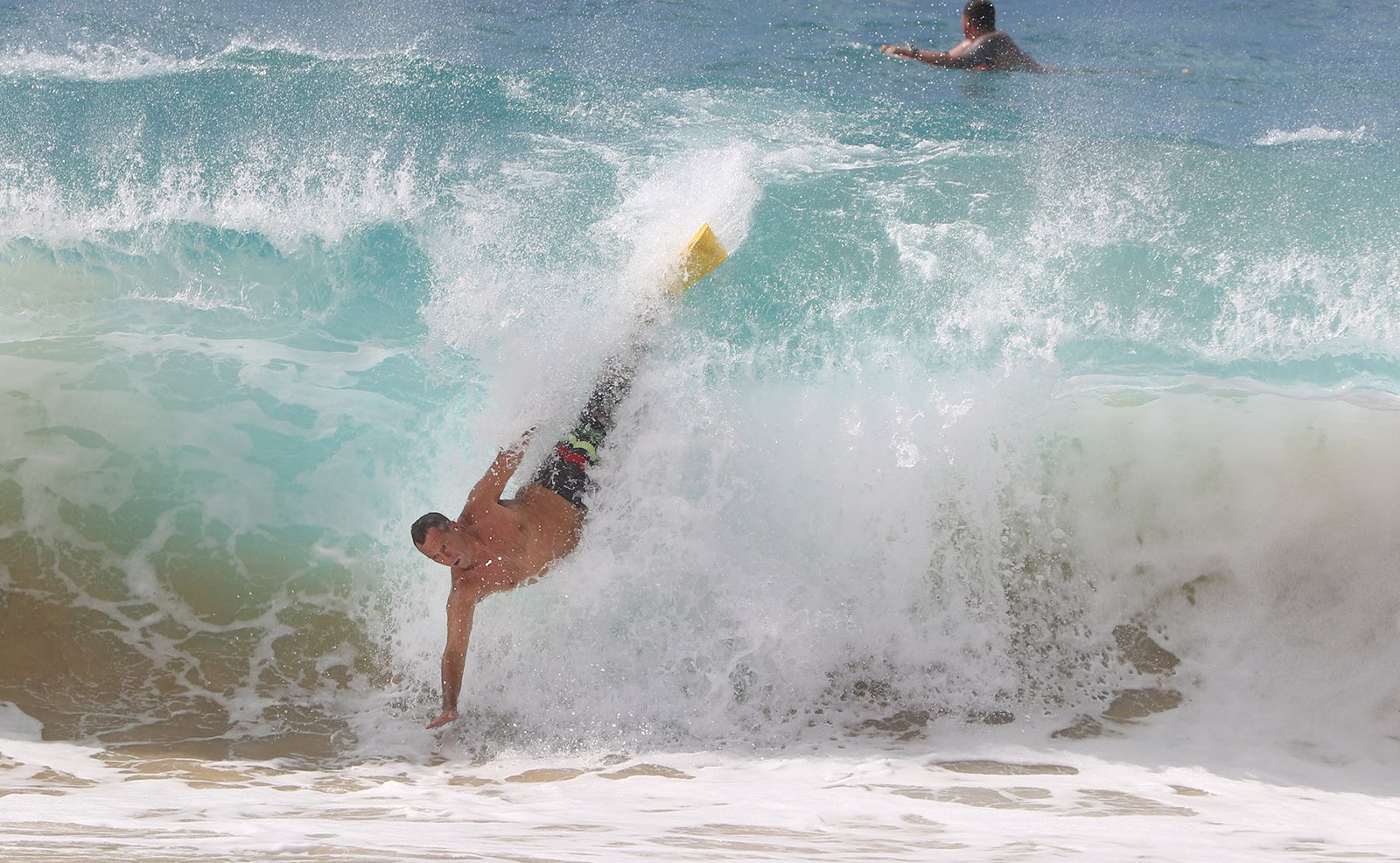On Nov. 3, when Hawaiian Electric unveiled a new “wildfire safety strategy” to better protect most of the state’s power grid against future devastating blazes, grid repairs in Lahaina were already well underway and, in some places, completed.
Nonetheless, the state’s largest power utility says it has been putting that strategy into practice in Lahaina as its crews install new poles and erect transmission lines across the burn area. In fact, some steps in the strategy occurred there for years prior to the Aug. 8 wildfire.
Ever since the disaster, Hawaiian Electric has been installing aluminum wiring there instead of the single-strand copper wiring that tends to become brittle over time and runs along other parts of the grid, company officials said.


It’s also been installing new so-called “fault current indicators,” which can help isolate problems along the line — hopefully before they spark a fire.
Both steps are featured in the second phase of the utility’s new strategy. It covers Hawaiian Electric’s full power grid, which covers the entire island state except Kauai County.
Neither step is really new in Lahaina, however. Some or all of the original copper lines there were already “proactively replaced” with aluminum ones over a period of years prior to the Aug. 8 fire, according to utility spokesman Darren Pai.
Further, Hawaiian Electric already had fault current indicators in place in Lahaina prior to the fire, Pai said. But the new ones being installed “will shut off power on a line more quickly in response to a fault or a disturbance,” he added.
The utility has installed some 240 new fault current indicators across the area since the fire occurred, Pai said.
It isn’t clear how much copper wire remained in Lahaina at the time of the fire, if any.
Further, it’s not clear whether the wiring that ran along Lahainaluna Road near Ho’okahuna Street contained copper. That’s the site of the well-documented morning blaze sparked by downed power lines on Aug. 8.
Hawaiian Electric, through Pai, did not respond to those questions Thursday. Company offices were closed Friday.
Facing questions from Congress, Hawaiian Electricʻs CEO Shelee Kimura recently told lawmakers in her written responses that the poles in Lahaina, including those near the site of the morning blaze, had been inspected by the company in 2021 and 2022.
The cause of the wildfire that spread later that day, engulfing the town and killing at least 99 people, has not been determined. Agents with the federal Bureau of Alcohol, Tobacco, Firearms and Explosives agency continue to investigate.


Wood Versus Steel
The new Hawaiian Electric wildfire safety strategy also calls for replacing some wooden poles with steel ones “in some areas.” About 1,000 power poles in West Maui were destroyed amid the Aug. 8 windstorms and fires. So far, the 180 or so poles that have gone into the ground in West Maui since the Lahaina fire are all wood, according to Pai.
The utility does plan to upgrade some of its poles to steel as it restores a backup transmission line through central Lahaina, Pai said in an email last week.
The transmission line with those steel poles will provide backup power to West Maui neighborhoods such as Puukolii, Mahinahina, Napili, Kaanapali and Kapalua, he said.


“In places where we are installing new wood poles, they are stronger and designed to resist higher wind speeds than the older poles they are replacing,” he added. New poles are also being installed with fire-resistant wrapping, according to Pai.
The company is also replacing existing fuses with sparkless fuses, addressing areas where the lines sag and reducing the distance between poles, he added.
Pai and other utility officials have described the new poles and lines as “interim” and “temporary” as Maui community members consider what they want a rebuilt Lahaina to look like and whether that includes burying transmission lines underground.
Kimura’s testimony before Congress further revealed that Hawaiian Electric had an “internal” wildfire mitigation plan that it started to develop in 2019 and completed in January 2023.
The plan was not shared with Hawaii’s Public Utilities Commission, which regulates Hawaiian Electric, prior to the fires that devastated Lahaina and Upcountry Maui on Aug. 8.
Once it was made public, the plan was criticized for not being sufficiently thorough in examining Hawaii’s specific wildfire threats.
Civil Beat’s coverage of Maui County is supported in part by a grant from the Nuestro Futuro Foundation.







Leave A Comment